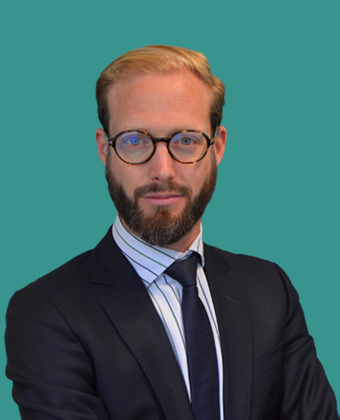Our client is an energy pure-player. They produce plants capable to convert wastes (or biomass) into energy.
Their core business model (biomass plants) delivers linear traction and year-on-year growth. Their current situation is stable, but the top management wishes to enlarge their long-term vision. They understand that a decisive shift towards digitalization and innovation could lead to:
- a much higher long-term growth
- a better market positioning thanks to value proposition differentiation
- a more resilient business model
Key challenges
The top management appointed a task force to research and present a technology scanning exercise at their semester board meeting with the idea to develop a plan. Their first job was to think about what was happening outside and created 100+ ideas. The next step is to understand how to identify the prioritization and translate it into a digital roadmap and fuel the growth.
The strategy team was however operating on an island, without any supports and disconnected from business priorities. On top of that, the task force was lacking internal guidance.
The deadline of the presentation to the board was approaching, but the task force felt they were lacking a tangible approach. They reached out to Steep for advisory on how to create a solid strategic plan and get buy-in from top management.
They were more defining an ICT program rather than a strategy. (They never did strategy and had no clue about where to start)
The task force faced a blank page, tried to exchange ideas, but had nothing coming out.

Managing Partner
Do you have similar challenges?
I’d love to schedule some time with you to chat and explore your strategy challenges. I can present you what we have achieved with our clients to kickstart the discussion.
Approach: ad hoc advisory
Step 1 – frame the challenge / work on their problems
We went there to understand their problems with the task force through ad hoc advisory. They needed a little bit of steering and some help on selling up their approach to get management buy-in.
We changed a bit this approach by transforming their approach from a program to a movement.
That means taking a different approach.
Step 2 – Ad hoc advisory / need to sell up to the executive committee
CIO & CTO who were leading the task force didn’t connect. We helped them to bridge the gap by moving the right discussion to the executive manager about to lay out their vision, strategic alignment, innovation strategy, ambition.
We started with the CIO & CTO to better understand the challenges of the taskforce. We quickly ran into the challenges of running the task force:
- Not much guidance
- Disconnected
We interviewed all executive managers to align their expectations and prepare our strategy advisory program.
We sell up what we couldn’t deal with inside the task force to the management board
Bonus point: involving stakeholders from the beginning led to better adoption of the strategy in the end!
Step 3 – Complement the core business
Work on each level (executive, taskforce, organizational + overall strategy that makes everything stick together).
Main goal: working on a clear direction: right mandate, right visibility, right power, right recognition to achieve their goals.
Results
We convinced through our approach to the task force (good connection and understanding of their problems). Then, help them convince executive members. The task force has now a much better positioning inside their organization. The executive understood that there is a gap in terms of strategy between what they did in the past and how much they uncover now and need to work on.
Taskforce’s confidence in their plan rose through the roof. They got their approval for prototyping digital business models after nailing their presentation to the board of management!
CEO is on board and wishes now to expand this approach to other business areas and start a strategy review exercise with Steep.


